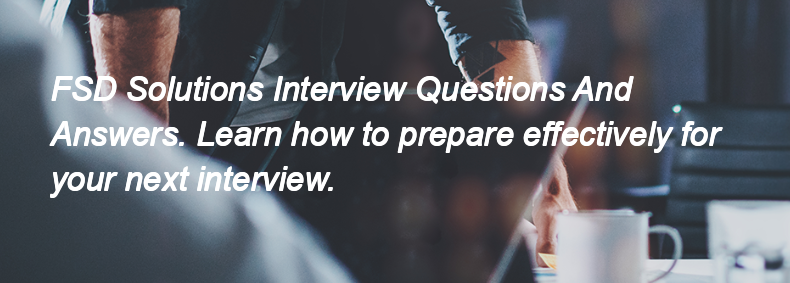Ques:- How do you optimize Ab Initio graphs for performance
Asked In :-
Vinove Software & Services Pvt Ltd, Waffor, Damco Solutions, PureSoftware, Nagarro Software, InRhythm Solutions, Columbus Global Services India, i-exceed technology solutions, Athena Global Technologies, RTRT,
Right Answer:
To optimize Ab Initio graphs for performance, you can:
1. Use partitioning to distribute data processing across multiple nodes.
2. Minimize data movement by using in-memory processing where possible.
3. Optimize the use of components by selecting the most efficient ones for the task.
4. Reduce the number of records processed by filtering data early in the graph.
5. Use parallelism effectively by configuring multiple threads for components.
6. Avoid unnecessary transformations and calculations.
7. Monitor and analyze performance using Ab Initio's built-in tools to identify bottlenecks.
8. Tune the parameters of components for better resource utilization.
To optimize Ab Initio graphs for performance, you can:
1. Use partitioning to distribute data processing across multiple nodes.
2. Minimize data movement by using in-memory processing where possible.
3. Optimize the use of components by selecting the most efficient ones for the task.
4. Reduce the number of records processed by filtering data early in the graph.
5. Use parallelism effectively by configuring multiple threads for components.
6. Avoid unnecessary transformations and calculations.
7. Monitor and analyze performance using Ab Initio's built-in tools to identify bottlenecks.
8. Tune the parameters of components for better resource utilization.

